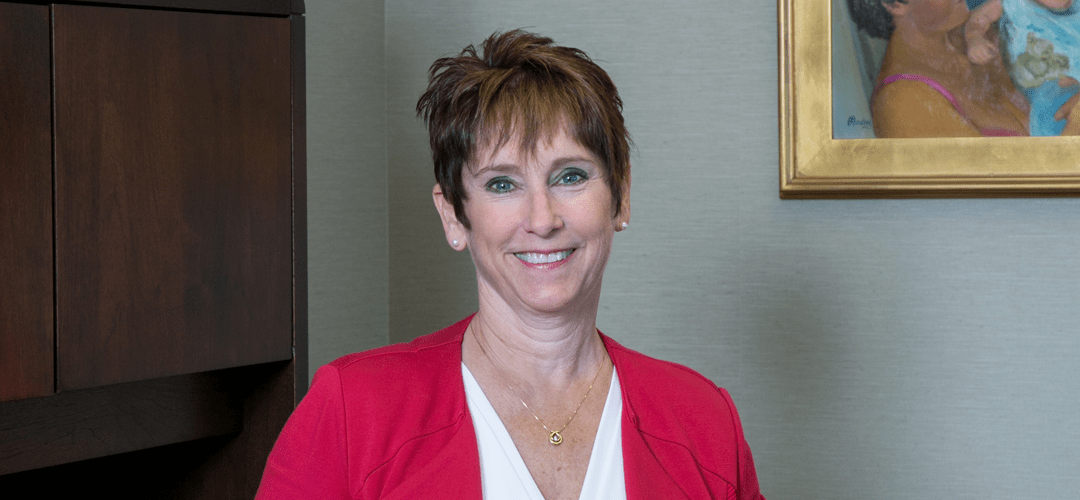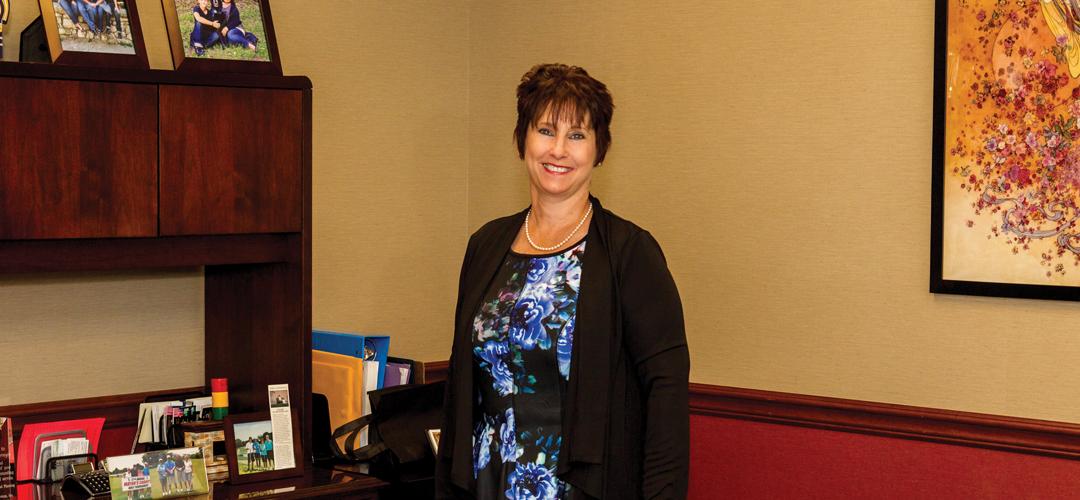Announced late Tuesday night (December 15), congressional leaders unveiled a widespread deal on tax extenders, making some tax law provisions permanent and temporarily extending others. After a congressional vote, the new law has been enacted.
Titled “The Protecting Americans from Tax Hikes Act of 2015” (aka PATH), the Act renews and makes permanent dozen of important tax provisions that bring relief to individuals and create incentives for job creators. It also temporarily extends other provisions.
The most positive aspect of this legislation is that many of the perennially expiring provisions are made permanent. This bill takes some of the guesswork out of the equation. It means businesses can now plan effectively. Tax planners would gain more certainty because the bill would make permanent many important tax provisions. They can operate with the certainty that, if they create and follow their tax plan, the can achieve the anticipated tax result. This certainly advances the premise that tax incentives actually work to incentivize businesses to spend, rather than simply result in providing tax benefits to businesses that guess right.
Put simply, more permanence in the tax code will be a good thing and this bill will provide the kin of permanence individuals need to manage their financial assets and businesses need to grown their businesses.
On our short list of 5 key provisions affecting businesses that would be made permanent are:
- the Section 179 expensing
- the Section 1202 Small Business Stock Capital Gains Exclusion
- the Research & development Tax Credit
- the tax break for mass transit and parking benefits
- the rule reducing to five years (rather than 10 years) the period for which a S corporation must hold its assets following conversion from a C corporation to avoid the tax on built-in gains.
(NOTE: While temporarily extending bonus depreciation, the legislation phases it out. The Work Opportunity Tax Credit, which gives businesses a tax incentive to hire the disabled, welfare recipients and economically challenged individuals, would be renewed for five years.)
On our list of 5 key provisions affecting individuals that would be made permanent are:
- the enhanced American Opportunity Tax Credit
- the enhanced Child Tax Credit
- qualified charitable distributions from IRAs
- the above-the-line deduction for teachers who buy school supplies
- the option to claim as an itemized deduction state and local general sales taxes in lieu of a deduction for state and local income taxes
BUSINESS HIGHLIGHTS
Code Section 179 Expensing
Section 179 expensing, which determines the amount of an investment a small business is allowed to write off entirely in the first year rather than being depreciated over multiple years, would be made permanent and its level would be increased. This providion permanently extends the small business expensing limitation and phase-out amounts in effect from 2010 to 2014; and sets a new threshold $500,000 for small business expensing and $2 million phase-out, from the current amounts of $25,000 and $200,000, respectively.
Bonus Depreciation
A separate provision that allows 50 percent of the cost of improvements to be written off under “bonus deprecation” would be extended for five years, and would be expanded to cover stores and restaurants that are owned rather than just those that are leased.
Retailers and Restaurants
The bill would make permanent a provision that allows retailers to depreciate remodeling and other improvements to their stores over 15 years rather than the previous standard of 39 years. THe provision, which also applies to restaurants, is important because retailers typically remodel every five to seven years. In addition to helping keep stores attractive to customers and profitable, the remodeling work creates tens of thousands on construction jobs each year.
Research and Development Tax Credit
The Act permanently extends the research & development tax credit and, for the first time, allows for eligible small businesses to claim the credit against the alternative minimum tax liability.
Affordable Care Act
The bill would also delay some of the taxes associated with the Affordable Care Act.


